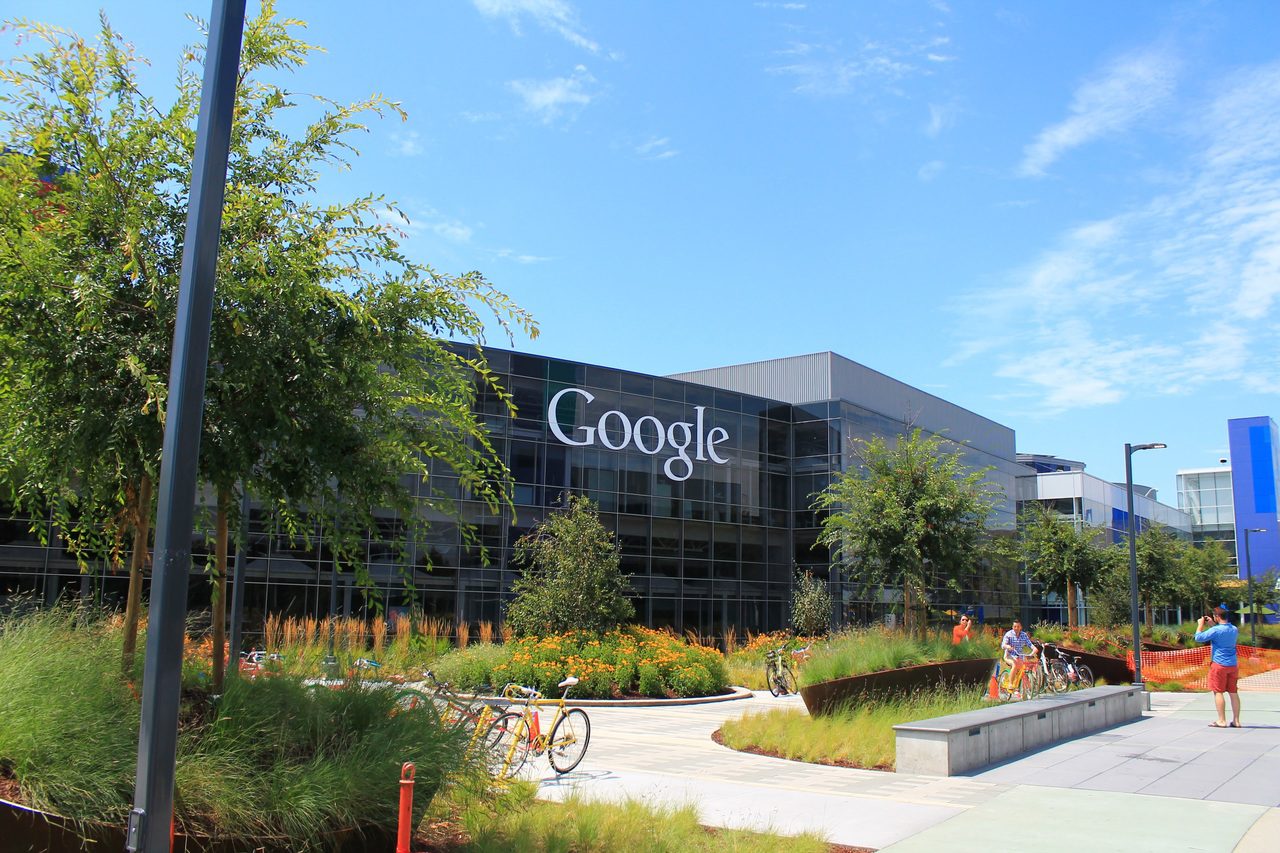Google Marketing Live 2022: Key Product Updates You Need to Try Now
At this year’s Marketing Live, Google announced a string of additions to its ad platform. Here are 10 core updates that marketers can harness to drive more revenue through enhanced targeting, automation, and measurement capabilities.
Key Takeaways about Google Ads Platform Updates
- YouTube Shorts, Google’s short-form video platform, receives over 30 billion daily views with a 34% year-over-year increase in watch time, enabling advertisers to reach audiences through new ad formats including Video Action and App campaigns.
- Google’s Performance Max campaigns leverage AI-driven advertising to help marketers drive 13% more incremental conversions at similar cost per acquisition through cross-channel optimization that identifies optimal ad placements and audiences.
- The Insights tab will provide more transparent information about why performance changed, offering attribution data that shows what drove conversions across campaigns without requiring advertisers to switch between multiple platforms.
- Google has indexed more than 50 trillion pages, allowing the company to identify multiple signals across ad auctions that help advertisers better optimize campaign performance through personalized trend data.
- With direct checkouts now enabled from Product Listings, shoppers can purchase products immediately upon clicking through ad-promoted items, creating a streamlined shopping experience that reduces friction in the buying process.
- Google will automatically pull content from landing pages to create more relevant responsive search ads tailored to user intent, while also testing a feature where customers can message businesses directly from search ads.
- According to Google’s VP of Ads, Jerry Dischler, 65% of the world’s population will be covered under modern privacy laws by 2023, prompting Google to develop privacy-safe advertising solutions that respect user preferences.
- Advertisers can integrate enhanced conversions with CRM platforms like HubSpot and Zapier to view at what point in the customer journey visitors are converting, providing granular insight into lead nurturing effectiveness.
- Google will replace the existing global site tag with a new unified Google tag, allowing advertisers to control settings centrally without embedding additional code, which simplifies implementation and maintenance of tracking.
- Performance Max campaigns will include new experiment tools to run A/B tests that measure incremental uplifts in conversions, helping marketers identify which campaign strategies deliver superior results across different channels.
How Can Visual Advertising Innovations Transform Search User Experience?
YouTube Shorts: A New Frontier for Video Advertising
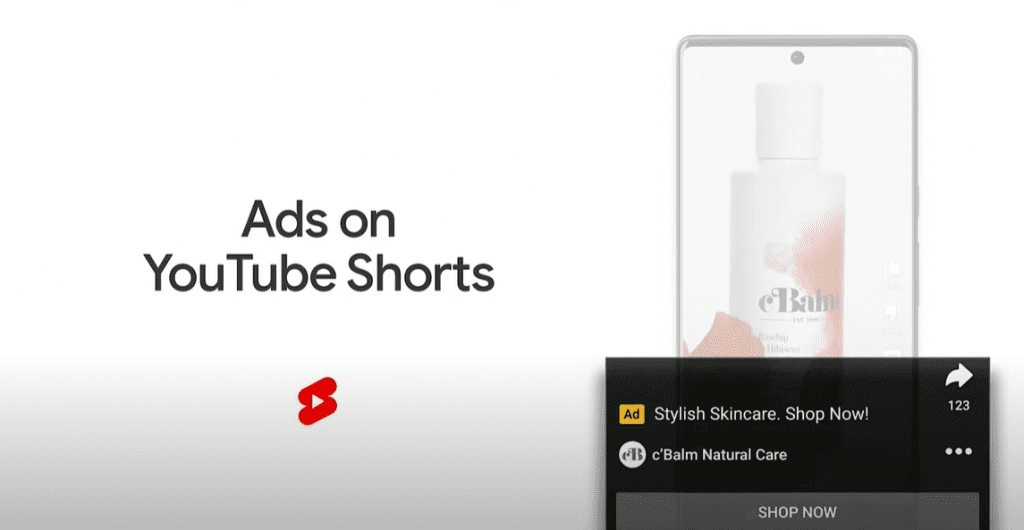
Online video watch time has increased by 34% YoY, with YouTube Shorts, Google’s short-form vertical video platform, averaging over 30 billion daily views as per Google’s analysis.
The staggering bump in engagement compelled Google Ads teams to launch two new ad types specifically designed for the short-form video format.
Advertisers will be able to run ads for Video Action and App campaigns on YouTube Shorts. In the coming months, YouTube Shorts will also display product feeds, helping advertisers reach customers in a more interactive format that connects product catalogs directly with video content.
Google will periodically update video ad platforms to make them more accessible for marketing teams across the globe, ensuring advertisers of all sizes can leverage these high-engagement formats.
Enhancing User Engagement with Video Ads in Google Discover
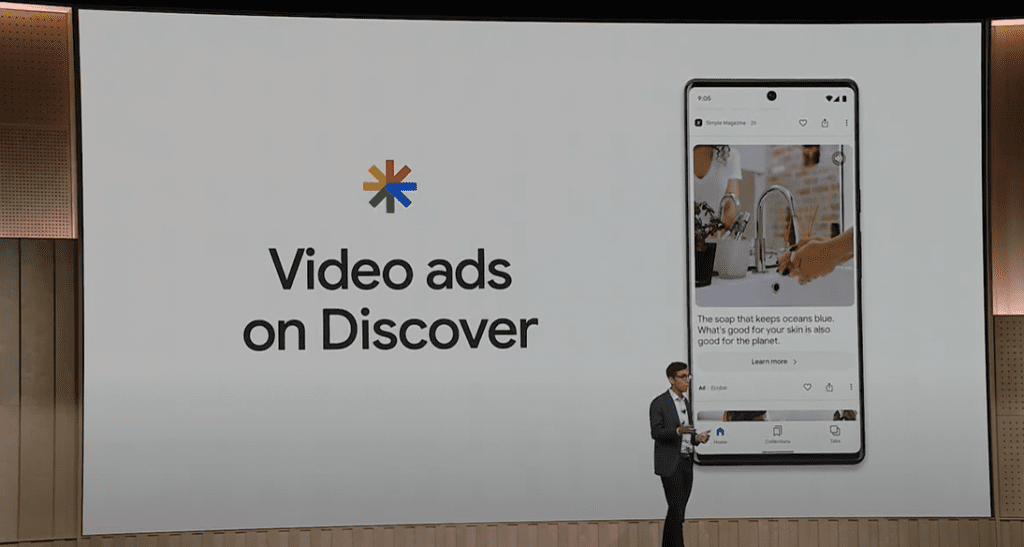
Currently, Google is testing video ads in Discover, its personalized content feed, where users would have a more visual way to explore ideas and inspiration.
Knowing that Discover offers a more personalized experience for users based on past search activity and engagement patterns, launching ads on this platform can enable your audience to connect with your brand in a more intuitive way that aligns with their specific interests and behaviors.
How Does AI-Driven Advertising Automation Increase Campaign Effectiveness?
Performance Max Campaigns: Revolutionizing Cross-Channel Advertising
AI-driven advertising is the future as Google’s machine learning algorithms have improved over 50% in their understanding of human language, enabling more accurate targeting and contextual ad placement.
User needs are evolving at a dizzying speed, and the technology we use to advertise needs to catch up to match user intent across multiple touchpoints and devices.
The launch of Performance Max campaigns in November 2021 has enabled advertisers to advertise across channels and formats with one single campaign. This campaign type may not drive results for every marketer and the industries they serve, so we encourage you to experiment with it before re-structuring your ad account to determine its effectiveness for your specific business goals.
According to Google, the broad match and Performance Max’s capabilities have helped advertisers drive 13% more incremental conversions at a similar CPA (cost per acquisition) by leveraging AI to identify optimal ad placements and audiences.
Here are improvements expected to roll out under Performance Max campaigns later this year.
- Experiment tools: When you pair your existing campaigns with Performance Max, you can run A/B tests to see incremental uplifts in conversions from each campaign. This comparative testing capability helps identify which campaign strategy delivers superior results. This campaign type is yet in Beta for those campaigns that have a product feed and will be launched through the rest of the year.
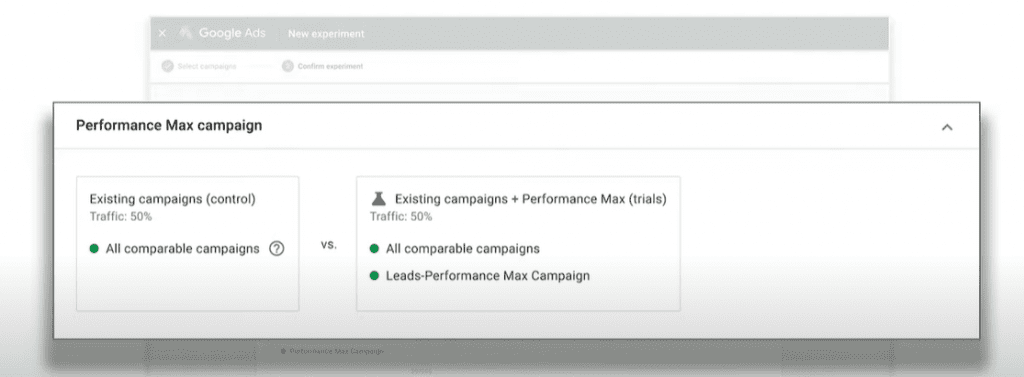
2. Advanced campaign support: Google will roll out extended campaign management support across Google 360 and Google Mobile App, allowing advertisers to manage complex campaign structures more efficiently.
3. Optimize for sales goals: Advertisers can leverage in-store goals by optimizing campaign goals to drive more visits, sales, and other local-hosted conversion actions. You can also leverage burst campaigns to draw more in-store sales during seasonal spikes in product demand, creating targeted promotions during high-traffic periods.
4. Optimization recommendations: Google will provide further guidance on improving your campaign optimization scores through actionable insights. Recommendations will come from a combination of your campaign set-up and external driving factors, such as search demand and volume for your product-based keywords, helping you align your strategy with market conditions.
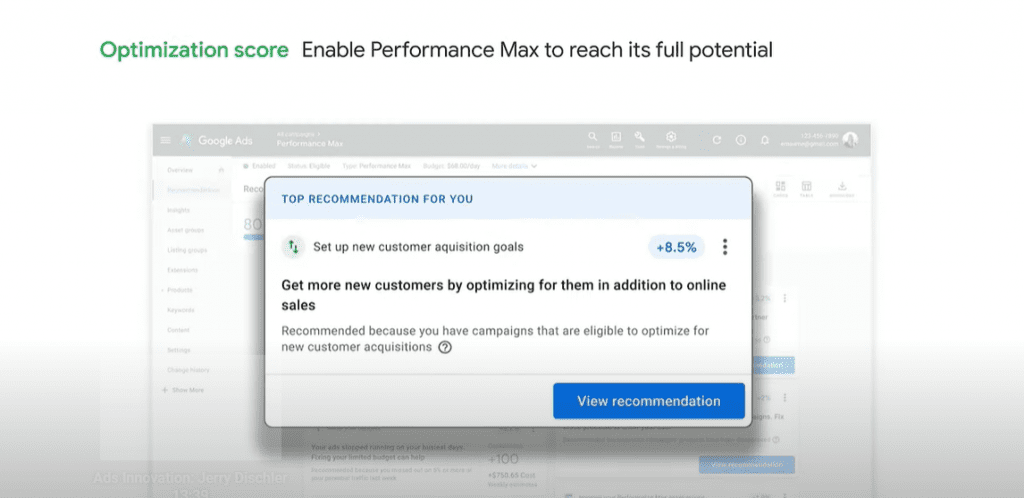
How Can Data-Driven Insights Improve Campaign Optimization Decisions?
Insights empower you to make decisions that drive sustainable revenue growth against your campaign goals. Due to seasonal changes and fluctuating trends, it’s been challenging to unpack how insights you’re shown translate to specific action items toward your campaign goals.
More explanations: Instead of having to cross-reference data across different tools, the Insights tab will provide you with more transparent information about why performance changed within the Google Ads dashboard itself. This consolidated data view enables advertisers to speed up decision-making at the campaign level by identifying patterns and performance drivers without switching between multiple platforms.
Google has an index of more than 50 trillion pages
Personalized trend data: Google has an index of more than 50 trillion pages (which is still a conservative estimate). Due to the millions of searches conducted every day, Google is able to identify multiple signals across ad auctions that can help advertisers better optimize the performance of their campaigns. As part of this rollout, Google will provide the following data points over the coming months:
- Attribution: The path taken by users to convert from visitors into paying customers is called a conversion path. Currently, this feature is available in Google Analytics, but now an identical feature will be available in Insights. Conversion attribution will show advertisers what drove conversions across campaigns, helping identify which touchpoints had the most significant impact on customer decisions.
- Budget: This feature will recommend ways you can optimize your budget based on how your ad spends are pacing against campaign goals, including reallocation suggestions to maximize ROI across your advertising portfolio.
- First-party data: These insights will help advertisers understand which customer segments are driving results while respecting consumer privacy, allowing for more targeted messaging to high-value audience segments.
How Are Interactive Shopping Experiences Transforming E-commerce Advertising?
Streamlining Purchases with Merchant Checkouts
With direct checkouts now enabled from Product Listings, shoppers can buy on the advertiser’s site upon clicking through the ad-promoted product. This streamlined purchase flow reduces friction in the buying process. Google is currently hosting a closed pilot since user interaction with the advertiser’s site can be limited upon buying directly from the listing. Once the feature is made available for more general purposes, it will be expanded to more retail partners to increase adoption across the e-commerce ecosystem.
Enhancing User Engagement with Swipeable Shopping Ads
Browsing time has blended with shopping time in the modern consumer journey. Google will display Shopping ads alongside organic results for users to view products in greater detail and to have a more engaging buying experience. Shoppers will also be able to view products in 3D models right in the search results, creating an immersive product exploration experience without leaving the search page.
Optimizing Performance with Shopping Feed Updates in Google Ads
As the consumer experience becomes more blended across channels, Google will roll out shopping feeds in YouTube Shorts and Search for retailers to see how their video-led shopping ads perform on these channels. You can now optimize based on gaps in your ads, such as insufficient bidding, incomplete targeting information, and more such insights to improve campaign efficiency and performance metrics.
How Do Responsive Ad Innovations Maximize Campaign Performance?
Boosting Conversion Rates with Automated Responsive Search Ads
In the coming months, Google will be able to pull content from landing pages in your campaigns, specifically high-performing assets, to optimize for your customer’s unique search journey. This automated content selection creates more relevant ads tailored to user intent.
Since customers need direct and fast support to questions they may have about your products, Google is testing a feature where they can message your business from your search ad. This real-time communication channel creates immediate engagement opportunities. This functionality will move into beta by this year-end.
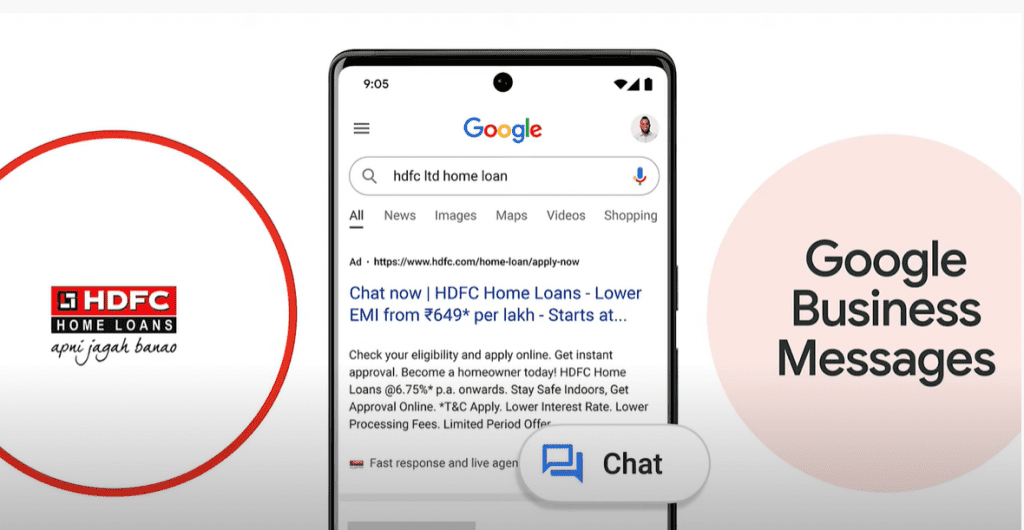
Optimizing Mobile Engagement with Responsive Display Ads
To display your ads at scale across devices, Google will enable you to show visual and video ads on full-screen vertical ad formats optimized for mobile viewing habits. Based on a retailer’s shopping inventory, Google will introduce scrollable image and video ads for the most engaging shopping experience that adapts to different screen sizes and user behaviors.
Streamlining Ad Creation with the Asset Library
The Ad Library will function as a collaborating tool for advertisers to import, organize, and curate ad assets using a variety of templates in both image and video formats. This centralized asset management system can be integrated with your organization’s Google Drive for ease of access and team collaboration. Each individual asset also comes with insights on how your audience has responded to your messaging, enabling data-driven creative optimization.
How Can Advanced Analytics Measure Campaign Impact and ROI More Effectively?
Enhancing Campaign Evaluation with Search and Conversion Lift Tests
Later this year, Google will activate conversion experiments in Google Ads, Display, and Video 360 including geo experiments where you can test increments in conversions against key goals of your campaigns. These controlled testing environments help isolate the true impact of your advertising efforts.
With the geo-experiment functionality, advertisers can compare regions where their ads are shown as compared to where they aren’t being shown, establishing clear cause-and-effect relationships. The Ads team will make it easier to run conversion lift and geo-experiments to ensure your existing campaigns aren’t compromised, in addition to safely running these experiments without disrupting ongoing performance.
Balancing Privacy and Personalization with the Privacy Sandbox
According to Google’s VP of Ads, Jerry Dischler, 65% of the world’s population will be covered under modern privacy laws by 2023. You need tools to build resilience for this privacy-focused future while maintaining advertising effectiveness.
Within the advertising industry, there’s a growing need to re-evaluate Ad platforms to include privacy-safe options. As a result of this initiative, Google is advancing to a more privacy-safe ad environment where testing will begin for interest-based advertising and remarketing ads, incorporating user signals from Google’s Privacy Sandbox APIs. These APIs provide aggregated and anonymized data for targeting while protecting individual user privacy.
Google shares that it will be possible to model buying journeys even when users opt against sharing personal data, such as turning off cookies and certain ads based on relevance. You will also be able to combine first-party data with automation while respecting consumer privacy across all ad platforms, creating effective targeting solutions that don’t compromise user trust.
Empowering User Control with My Ad Centre
Later this year, users can opt to see ads for categories and brands they’re interested in while opting out of those they don’t wish to engage with. This puts users in control of how their data informs the ads they see across YouTube, Search, and Display channels, enhancing the relevance of ads while respecting user preferences.
Unlocking Deeper Insights with Google Analytics 4 Reporting
With the rollout of GA4 officially slated to complete next year, many advertisers are migrating to the new Analytics dashboard for a more connected experience across ad platforms. You can see how your visitors interact with your brand across multiple touchpoints to further optimize your conversion points, leveraging the event-based tracking model to understand user behavior more comprehensively.
Optimizing Lead Generation with Enhanced Reporting Tools
Google has expanded to more browser types and model types to provide advertisers with a fuller view of customer buying journeys across different devices and platforms. Customer information is protected by a matching process that does not share sensitive information with third parties, the publisher, or the advertiser, including Google. Additionally, Google will also roll out an offline conversion import feature, where you can ensure a privacy-safe data import to measure your campaign performance against leads. This will significantly help you improve your conversion measurement by connecting online advertising to offline sales outcomes.
Advertisers will also have the option to integrate enhanced conversions with CRM platforms, such as HubSpot, Zapier, mParticle, Segment, Tealium, and others. This will allow you to view at what point in the customer journey visitors are converting, providing granular insight into lead nurturing effectiveness. The following chart shows a lead funnel report that will become available later in the year, where you can view lead performance in more granularity.
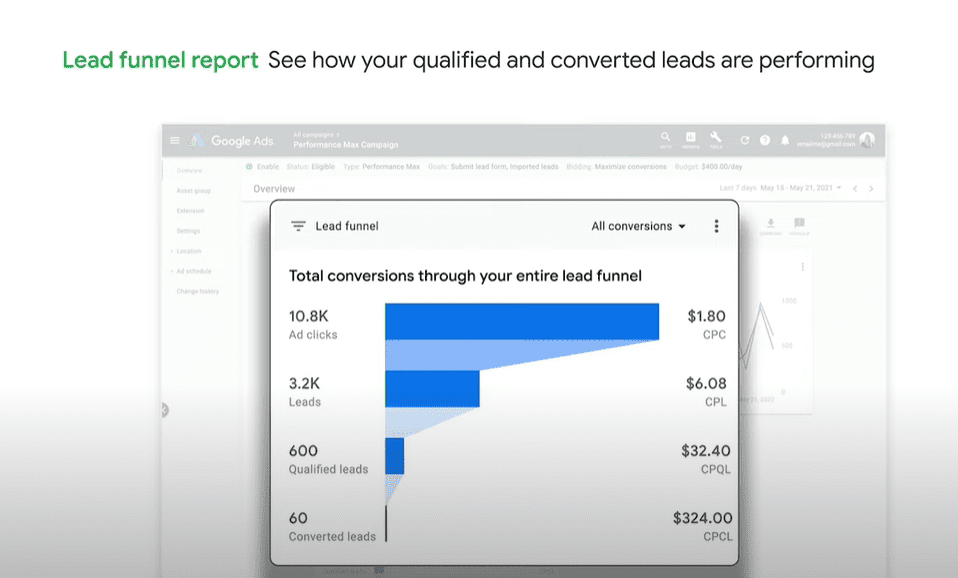
Streamlining Data Collection with Improved Tag Management
Proper tagging is essential to user privacy and the accurate measurement of conversion actions through products like Consent Mode. The goal is to implement consistent tagging across Google Analytics and Google Ads, where the new Google tag will replace the existing global site tag. This unified tagging approach will allow advertisers to control settings centrally without worrying about embedding additional code, simplifying implementation and maintenance.
What Upcoming Google Ads Innovations Will Transform Digital Marketing?
Dozens of updates are anticipated to go live in the coming months as Google solidifies the utility and value of the functionality still in Beta versions. Here’s a recap of what’s already active and what’s upcoming in Google Search 360 channels to help marketers prepare their strategy.
Currently Active Google Ads Features and Updates
- Conversion-modeling updates for more accurate attribution
- Data-driven attribution as default measurement methodology
- On-device conversion measurement for enhanced privacy
- Ad Asset Library for centralized creative management
- GA4 Home Experience with improved user interface
- Immersive shopping ads with enhanced visual features
- Visual product feed displaying rich product information
- AR in Search for virtual product visualization
- Performance Max campaigns for cross-channel optimization
Anticipated Google Ads Features and Enhancements
- My Ad Centre for user preference management
- Privacy-safe advertising solutions compliant with regulations
- Google tag for unified tracking implementation
- More support for enhanced conversions across platforms
- Lead funnel report for detailed conversion path analysis
- Automatically-created responsive search and display ads with AI-generated content
- Google Business Messages for direct customer communication
- Insights page with expanded data visualization
- Attribution insights showing complete conversion paths
- Budget insights with spending optimization recommendations
- First-party audience insights respecting privacy regulations
- Optimization scores for all campaign types with actionable recommendations
- YouTube Shorts ads for short-form video advertising
- Discovery video ads in personalized content feeds
- Google audiences on ad-supported TV apps for connected TV targeting
- Search lift tests measuring incremental search impact
- Conversion lift tests quantifying true advertising contribution
- Visual ad experiences with enhanced creative options
- YouTube Shorts and Search – Product Feeds connecting video with shopping
- Store sales in Performance Max connecting online ads to offline purchases
- Merchant Checkout for streamlined purchase processes
- Product improvements in Google Ads interface and functionality
How Can Expert Guidance Elevate Your Digital Advertising Strategy?
Is it time to level up the performance of your ad campaigns? We’d love to help with your ideas or project. Contact us today for a free consultation.
